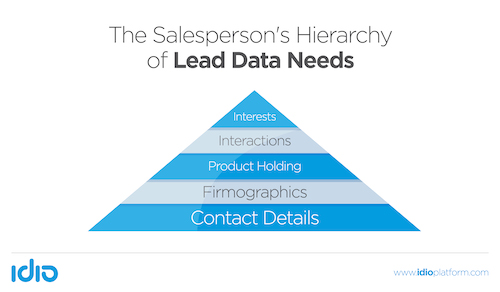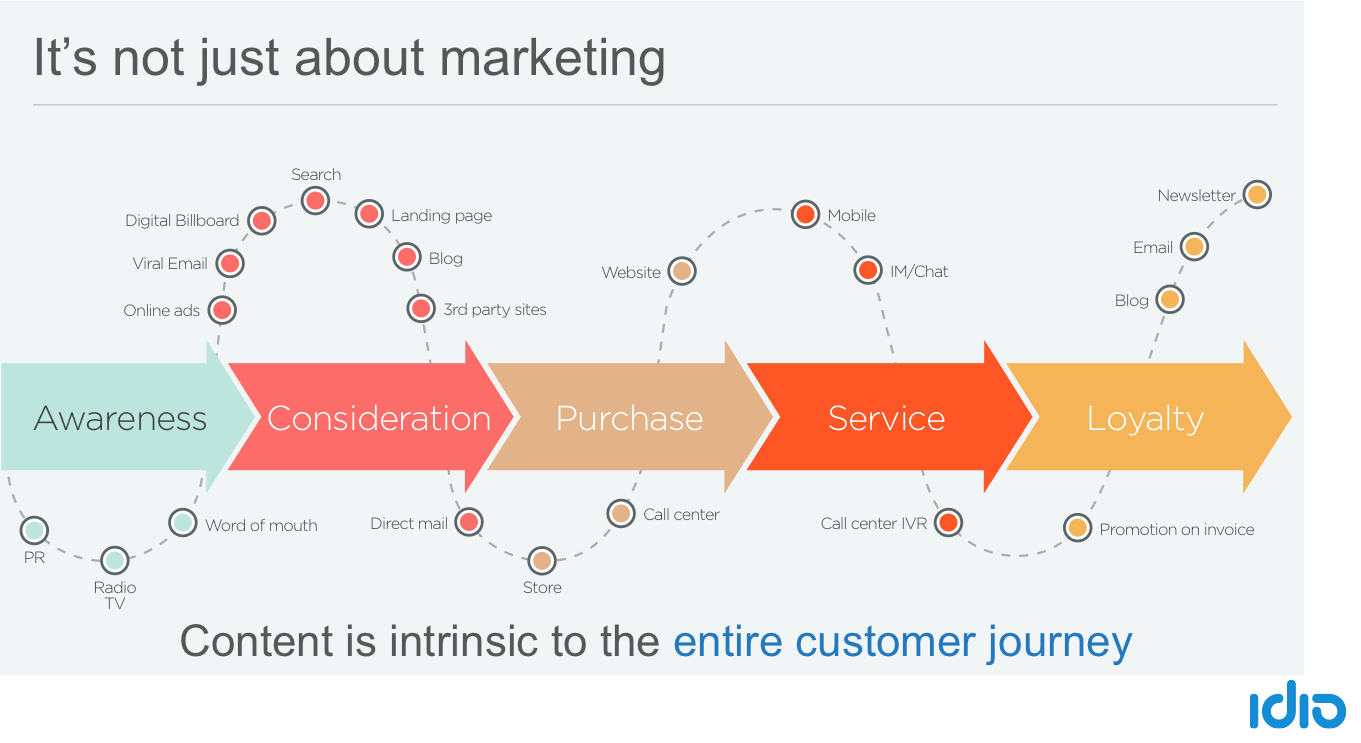
Get your FREE 30-day trial.
Please complete all fields.
Customer service interactions that result in a successful purchase or retention decision are characterized by three things - fast service, meaningful actions, and consistently relevant communication.
Currently, the ability to deliver a satisfactory customer experience is entirely contingent upon the known customer information that is available to a customer service rep. The information will likely include the name of the person who is calling, what age group they’re in, what demographic segment they occupy, what they’ve bought before, and even why they might be calling at a particular time.

However, as a customer, I am much more complex than my demographic segment – a generalization based on my age bracket, postcode and, perhaps, also my income as well. Similarly, I can’t be reduced to merely the items I’ve bought – indeed, my historic buys are rarely indicative of my future purchases; nor are they indicative of what has changed in my life since I’ve made a purchase.
Fundamentally, customer service needs more customer insight. Enter, content.
Content is often discussed in terms of sales enablement and customer acquisition, but rarely with regards to its efficacy for customer service. This is an incredible oversight - content is intrinsic to every part of the customer journey including customer service.

According to UK research by the Customer Contact Association, anywhere between 25% and 40% of the calls that are being handled by contact centers are deemed “unnecessary” or “avoidable”. While some of these problems legitimately require in-call service and ‘the personal touch’, organizations could save their customer service team a huge amount of time and effort, by creating quality, educational content to help solve recurring questions and problems.
As I’ve explained before, content isn’t just a conduit for a relevant marketing message or helpful information - it is also an incredible source of customer insight. Tracking customers’ content consumption exposes their current and future interests and needs, all of which can be fed into customer service databases. As Walter Mosley once said: “A man's bookcase will tell you everything you'll ever need to know about him”. Therefore, to understand what makes your customer tick, look at the content topics which are most interesting to them.
Of course, working out a customer’s interests from their content consumption isn’t feasible when a firehose of calls are coming in - no one person has the time to go through each caller’s unique content history to identify their most prominent content topics of interest. It requires technology to unlock this intelligence at scale for the modern day customer service force. Fortunately, Content Intelligence is able to do the heavy-lifting of identifying customer’s emerging interests from the content that they’re consuming.
Content should be intrinsic to the future of customer service. As both a conduit for brands to add value to their customers’ lives, but also as a source of customer insight that can power better conversation.
Imagine how customer service would change for a retail bank if the reps knew that the caller had just become a first-time parent, or if you’re a large investment bank that understands what a current customer is interested in before they call for the monthly account update.
Or what if you’re a high-growth software company that is now able to route inbound service calls based on the interest data of that person to help solve problems ahead of time?
Or, what if the agent was able to mollify an irate customer who had a product issue with tickets to see particular sports game because they knew the customer was an avid Cleveland Cavaliers fan?
None of these could be revealed by looking at purchase history logs or knowing the caller’s name, but knowing a customer’s interests based on the content they’ve read on your site makes for a more meaningful dialogue and exposes opportunities for customer service reps to cross-sell or upsell.
To circle back to my initial point: delivering a successful customer experience requires fast service, appropriate actions, and consistent communication. It means being able to identify a churn point or service request before the customer articulates it. In short, it requires a customer service that is predictive, intelligent and content-driven.
Andrew Davies is the CMO and Co-Founder of idio, and helps leading content marketers maximise the value of their content marketing. idio's Content Intelligence platform analyzes your content automatically, understands your customers via the content they consume, and recommends the right content to the right person in real-time, on any channel. To find out more, please visit idioplatform.com and follow Andrew on Twitter @andjdavies.
Are you delivering the exceptional service your customers expect? Download the e-book to find out how to get a 360-degree view of your customer.